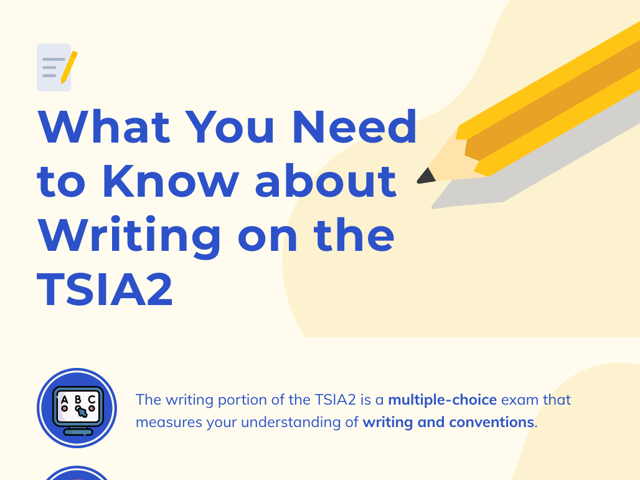
Reading on the TSIA2: What You Need to Know
The TSIA2 reading exam is an interesting one, in that it is coupled with the writing exam, and test-takers are not certain which of the exams they will be presented with. Nevertheless, there are several areas you should focus on as you prepare for the reading portion of the TSIA2, each of them discussed in greater detail below.
Effective Reading Strategies
Passive reading will not be enough to successfully complete the reading portion of the exam. The exam is designed to evaluate your comprehension of a text, and passive reading is not the same as investigative reading or critical thinking.
To do well on the exam, first familiarize yourself with the questions at hand, then read through the passages. Also be proficient at skimming to find any pertinent details, unimportant filler, or context clues. Because the exam is evaluating your ability to synthesize information in a written format, you must demonstrate your ability to not only get through a text, but to also comprehend what it is that you are reading.
Supporting Details
Supporting details are vital as you take the exam, because you must be able to substantiate your view with evidence. Although you will not be required to write an essay on the reading exam to convince your scorer, you must be able to accurately identify supporting details in any given passage, thesis, or idea.
Significance
As you read, you must be able to identify the “why” behind an author’s decision to include a detail. The detail may be small, like the color of a character’s hair, or large, like the events that transpired four years prior to the start of the story. Determining the reason behind an author’s decisions can help inform your reading and improve your understanding of the text.
Point of View
The point of view (POV) of a piece is valuable, whether POV refers to the perspective from which an individual is writing (first-person, second-person, third-person limited, or third-person omniscient), or the point of view from which an author is speaking (the tone of a piece).
Context
The context of a single word, phrase, or entire passage is invaluable in determining the purpose of a piece’s creation and its meaning. Context clues are so named because they provide a greater window into the meaning of a single word or a passage. Consider this sentence:
“She was a pulchritudinous creature, beloved by everyone who knew her.”
You can use context clues to determine the meaning of the word pulchritudinous. Based on the rest of the sentence, can you determine whether the word means angry, beautiful, frustrating, or diligent? Because she is beloved, it is safe to conclude that she is not angry or frustrating. It is also unlikely that she is beloved for her diligence. The word is most likely means beautiful. For some unknown words, clues may exist further out in the surrounding passage. This technique can prove invaluable as you take the reading exam.
Ultimately, the reading portion of the TSIA2 requires you to hone your reading and evaluating skills in order to glean meaning and answers from a text. Keeping the above components of writing in mind, you can successfully prepare for the exam.

Keep Reading

TSIA2 Blog
Math Covered on the TSIA2
The TSIA2 is a mandatory test for students entering higher education in…

TSIA2 Blog
What You Need to Know about Writing on the TSIA2
The writing portion of the TSIA2 is a multiple-choice exam that measure…

TSIA2 Blog
Data Analysis, Statistics, and Probability Formulas for the TSIA2 Assessment
In the TSIA2, you’ll find questions about data analysis, statistics, an…